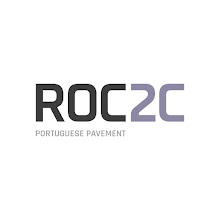De Leiria
Leiria is a growing modern city on the banks of the Liz River.
With a hilltop castle, an inviting old quarter, and good transportation links, it is a good place to stay for those who also want to explore Nazaré, Fátima, or the abbeys of Batalha and Alcobaça.
The imposing castle can be seen from any point in town. In the 14th century it served as a summer royal palace for King Dinis and his queen, and included a Gothic church now in ruins. Parts of the interior are frequently used for exhibitions, and from the Gothic arches of an elegant arched balcony there's a magnificent view of the city and its surroundings.
In the old town, easily reached on foot from the castle, there are some attractive 16th and 17th century buildings, and a plain Renaissance church that is the city's 16th century cathedral with an elegant vaulted nave inside.
A good place to rest is Rodrigues Lobo Square with some fine arcaded buildings and shops.
The narrow streets from the nearby Candido dos Reis Square offer more shops and restaurants, where visitors can try some of the local specialties such as the bolo de pinhão, a cake made with pine nuts. This square and its concentration of bars is also the place to go at night for those using Leira as a base to visit the famous sights nearby.
West of the city is one of the oldest state forests in the world, dating from 1300 when King Dinis began the systematic planting of pines that were later used to build the caravels during the Age of Discovery. Today it is popular among locals as a picnic and camping site.
Express buses from Lisbon make the 2-hour run to Leiria, and there are also connections to Coimbra and Fatima.
In golisbon.com

Comentários
Enviar um comentário